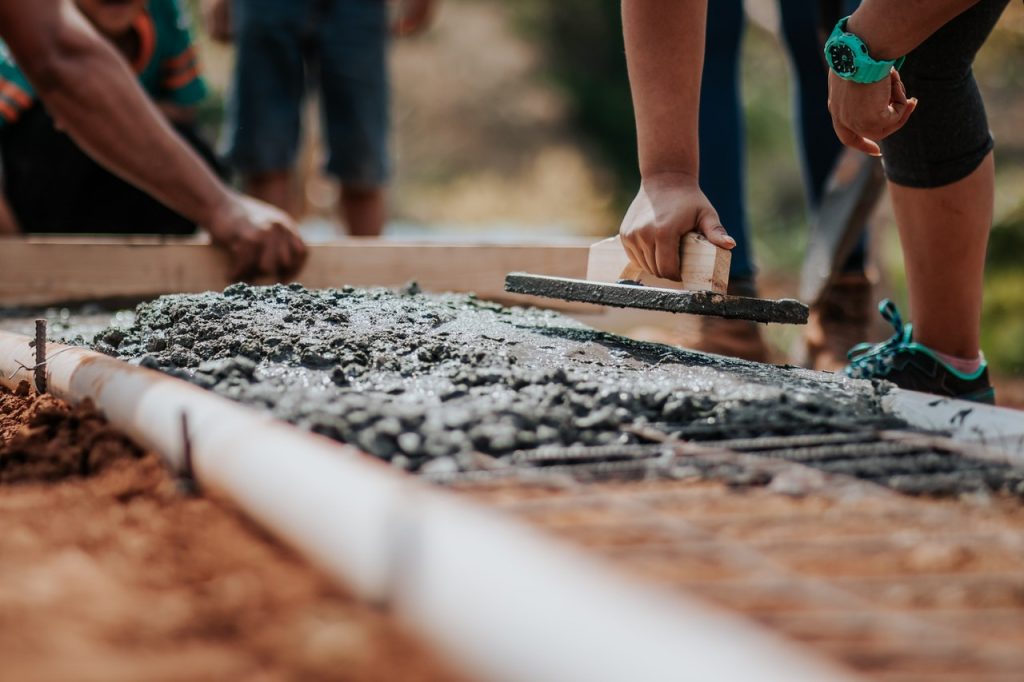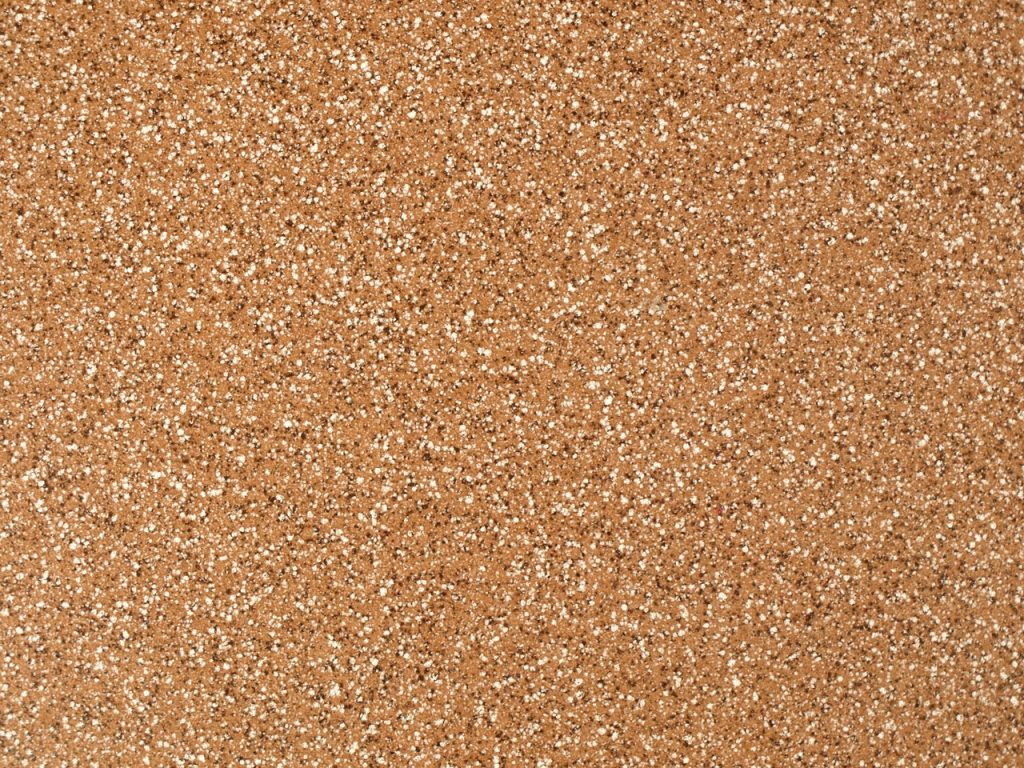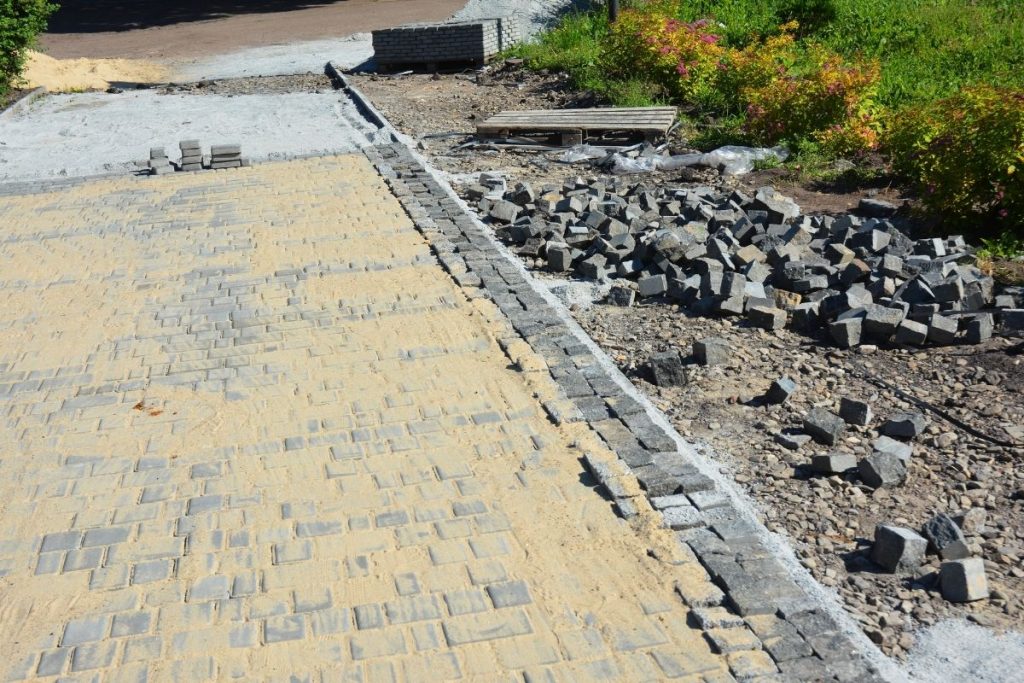
Although pavers are a beautiful, simple choice for outdoor decoration, there are details that may be confusing to homeowners. We recommend using sand for paving because it is the best option in terms of affordability, durability & sustainability.
There are 4 types of joint sand. If you’re not sure which type of joint sand to use, it’s best to ask a paving contractor or professional landscape designer.
Sand joints need replacing when they become filled with vegetation that roots deep into the joints or breaks through the surface of the pavement. You can stop weeds from growing in your garden by using the right type of joint
This article will answer any questions you might have about sand for paving.
Prevention of joint settling is critical, especially if the project is more than two years old
 It is common for sand to play an important role in paving work, but it can be confusing knowing which type you need for the job. Some sand has properties that lend themselves best to a particular project – use our guide below to find out more.
It is common for sand to play an important role in paving work, but it can be confusing knowing which type you need for the job. Some sand has properties that lend themselves best to a particular project – use our guide below to find out more.
A bed of sand under your pavers is important since they act as an insulator & “cushion” that distributes weight and helps keep the paving level.
 On the other hand, sand for paver joints is used in order to keep the interlocking pattern, ensuring pavers won’t move, stop water from washing away the base layer, keep insects out and prevent weeds from growing in between pavers.
On the other hand, sand for paver joints is used in order to keep the interlocking pattern, ensuring pavers won’t move, stop water from washing away the base layer, keep insects out and prevent weeds from growing in between pavers.
Sand is used for both of these applications, but not the same type of sand is best for both.
The sand base of a pool needs to be coarse and granular so that when it is compacted (which will happen often) the grains grind against one another, locking it into place and keeping the sand from eroding.
Any sand that is used as a porous layer to prevent water from passing through cracks in a paved area, such as a paver joint or driveway must have its own set of specifications. One important requirement is that it maintains integrity when exposed to the elements. With that goal, finer sands will perform better.
Now that you have a better understanding of what sand is and how it can help paver installations, let’s talk about the different types of sand you have to choose from.
Types of Sand for Paver Joints
 There are 3 main types of sand for paver joints. All do different jobs, so it’s important to make sure you encode this in the type of sand you use.
There are 3 main types of sand for paver joints. All do different jobs, so it’s important to make sure you encode this in the type of sand you use.
Washed Concrete Sand
 Washed concrete sand commonly has larger particles. If you are installing an asphalt or polymer tile layer it’s recommended that you use washed concrete sand as your base layer. Contractors may also choose to use washed concrete sand in their joints, especially if they are on a budget.
Washed concrete sand commonly has larger particles. If you are installing an asphalt or polymer tile layer it’s recommended that you use washed concrete sand as your base layer. Contractors may also choose to use washed concrete sand in their joints, especially if they are on a budget.
The larger particles in washed concrete sand makes it difficult to sweep & compact it into joints, which results in a poor joint seal and being washed away easily. It is not recommended for pavements.
Mason’s Sand
 Sand commonly used for paver joints is usually a finer grained kind and has tighter, less penetrable grains. This means it will take longer for the sand to wash away and make the gaps between stones bigger.
Sand commonly used for paver joints is usually a finer grained kind and has tighter, less penetrable grains. This means it will take longer for the sand to wash away and make the gaps between stones bigger.
You should still check your paving slab regularly to identify when it’s time to refill it. Some products have been created to help seal the sand in place, so you can enjoy a more cohesive walkway for longer.
Polymeric Sand
 Polymeric sand was developed for use as pavers. In order to create a waterproof & softer layer, the material cures upon first being wet so it can stay in place without being washed away.
Polymeric sand was developed for use as pavers. In order to create a waterproof & softer layer, the material cures upon first being wet so it can stay in place without being washed away.
This said polymeric sand looks almost the same as normal sand during application. But, after it completely fills your paver joints when wet, it will harden and hopefully stay there for much longer.
Polymer is also more expensive when compared to sand, but the potential savings, in the long run, are considerable. Will polymer pay off in the long term?
Is Polymeric Sand Really Worth It?
 Some contractors don’t like using polymeric sand, even though it promises the best results. The main reason why low-quality brands don’t work well is that there are a lot of good-quality products out there. The main thing to watch for is improper installation – this can cause the system to not function well and result in staining.
Some contractors don’t like using polymeric sand, even though it promises the best results. The main reason why low-quality brands don’t work well is that there are a lot of good-quality products out there. The main thing to watch for is improper installation – this can cause the system to not function well and result in staining.
However, opting for high-quality polymeric sand installed properly will ensure your pavers look great for a long time and you won’t have to think about replacing it every storm. The material is so durable that it can actually be power washed if proper care is taken.
The material is durable enough that it can be cleaned using a power washer
It’s also important to note that some maintenance is still needed, especially after hard winters. Keeping an eye on your pavers when you go through them every day shouldn’t be too arduous and you should be able to notice when your sand is starting to wear out.
Can I Refill Normal Sand With Polymeric Sand?
That’s not a good idea as the polymeric sand would not perform as it should. In order for your paver joints to be well maintained, you need to periodically fill them with normal sand as well.
Polymeric sand is more durable than traditional sand, but you will need to remove the old sand from the joints of your pavers before putting it in.
Trust a Professional Contractor to Help You In Paver Projects
If you would like help with your installation, hiring a contractor will guarantee your installation goes smoothly and that you have pavers that last for longer.

